16 start with G start with G
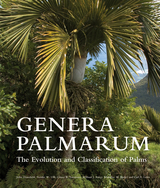
In this new edition, genus treatments now include complete descriptions, nomenclature, and etymology, as well as discussions of diversity, distribution, phylogeny, morphology, uses and ecology. All genera are fully illustrated with full-color photographs alongside analytic illustrations, distribution maps, and even electron micrographs of pollen. An updated introduction provides readers with essential background information via authoratative essays on the structure of palms, their chemistry, their history, and much more.
Fully revised for a new generation of researchers and gardening enthusiasts, Genera Palmarum continues to be the gold-standard reference work on palms.
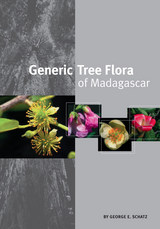
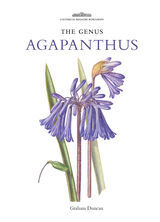
Renowned for its stunning blue flowers, agapanthus—sometimes known as the blue lily or lily of the Nile—is a group of rhizomatous plants native to southern Africa. First cultivated in the Netherlands in the late seventeenth century, it rose to prominence as a conservatory plant in England during the eighteenth and nineteenth centuries after certain varieties were found to be hardy enough to withstand the colder climate of the British Isles. Graham Duncan’s The Genus Agapanthus provides both a revised classification of this plant group and a superbly illustrated celebration of their unique beauty. Featuring new watercolors from South African artist Elbe Joubert and color photographs showing the species in their spectacular and varied natural habitats, the book also highlights a selection of more than 150 of the most notable agapanthus cultivars from growers across Europe, Africa, and Oceania. The agapanthus’s natural history is spotlighted as well, with comprehensive descriptions of each species, maps of their global distribution, and information on how to successfully cultivate, propagate, and care for them. This book’s blend of science, horticulture, and art makes it essential for all varieties of plant lovers.
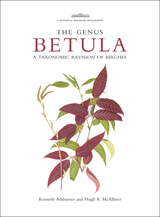
The Genus Betula covers all known birches found in North America, Europe, and Asia, along with keys for accurate identification. Chapters include a look at the breeding, cultivation, conservation, and morphology of all species, including several little-known species wonderful for garden and landscape use. The authors present previously unpublished data on recent molecular work and fossils, providing a cytotaxonomic and phylogeographic revision of the Betula genus. The book is accompanied by exquisite specimens of botanical art, including full-color paintings by Josephine Hague, making it a valuable tool for arboriculturists as well as professional and amateur gardeners.
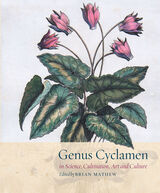
Genus Cyclamen is a celebration of this remarkable plant. Its science-based emphasis on botany and cultivation is complemented by sections on art and history, including twenty-five newly commissioned paintings and over seven hundred photographs. It provides a wealth of information, including taxonomic descriptions, flowering periods, distribution, and habitat, all based on the deep knowledge and practical experiences of the Cyclamen Society and other cyclamen experts. This book will find a wide audience of growers, gardeners, botanists, and enthusiasts, thanks to its all-encompassing coverage of the cyclamen and its informative, but accessible style.
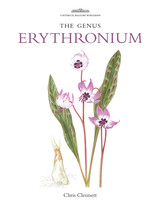
The Genus Erythronium details all twenty-nine currently identified species, all based on the most current research, including brand-new information on morphology and DNA. Captivating botanical illustrations and photographs fill the book and an extensive key allows easy identification of each species. Chapters covering phytogeography, morphology, cultivation, and conservation, as well as guidance on rating plants, come together to make this an essential, comprehensive volume.
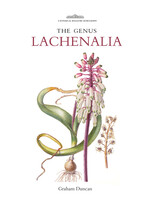
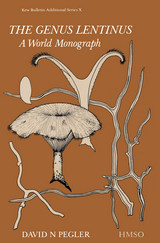
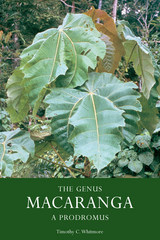
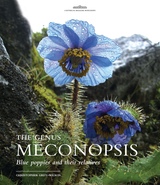
The Genus Meconopsis is the first major revision of the genus since 1934 and the only monograph on the genus in existence. This fully revised text incorporates the discovery of nearly thirty new species with decades of new scholarship. The book is extensively illustrated with striking color photographs and botanical paintings. Species descriptions that include habitat and variation within the genus, as well as detailed distribution maps, make this ideal for botanists, horticulturalists, and gardeners alike.
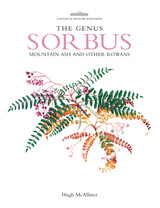
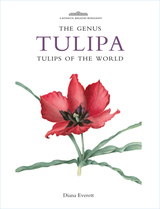
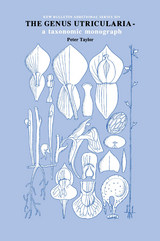
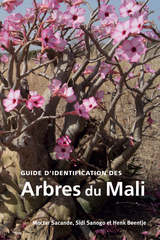
(For English description see below) Le Guide d’identification des Arbres du Mali est la synthèse de plus de dix années de collecte de spécimens végétaux (graines et herbiers) et d’informations sur la flore locale dans le cadre des activités de conservation des ressources phytogénétiques au Mali, en collaboration avec le Royal Botanic Gardens Kew. Produit unique et dérivé du partenariat Millennium Seed Bank (MSB), le programme a aussi été mis à profit pour combler un manque d’institution nationale et de documentation, particulières a la flore du Mali. L’Unité de Semences Forestières et Herbier (USF-H) du Mali contient aujourd’hui environ 10,000 spécimens de près de 1,000 espèces de la flore nationale. Ce guide de terrain fournit de précieuses informations locales et un effort particulier a été déployé pour faciliter la reconnaissance de ces 300 espèces ligneuses à travers les descriptions botaniques, les noms locaux, les cartes de répartition géographique et les fascinantes photographies comme aide visuelle à leur identification. Les informations sur les graines aident à la régénération, la propagation, la domestication et les plantations pour une utilisation durable de ces espèces locales utiles.
Text in French.
Description in English:
Guide d’identification des arbres du Mali is the result of over ten years research in collaboration with Kew’s Millennium Seed Bank Project. Over 300 woody plant species are described in the book, with accompanying keys, colour photographs, distribution maps and local names and uses. This book is an essential reference for anyone required to know and recognize the woody flora of the forests of Mali, including forestry technicians, agriculturists, conservation workers, farmers, botanists, teachers and students.

Since the publication of the first edition of Guide to the Flowers of Western China in 2011, there have been great strides in knowledge of the flora of China through international collaboration. Many plants included in the first edition have been revisited in the wild, while areas hitherto inaccessible have opened up, if sometimes only temporarily. Great advances in systematic botany have occurred since the publication of the first edition, particularly with the widespread availability of rapid DNA analysis. The result of this has been an influx of new photographs and data, and the need for a second edition of Guide to the Flowers of Western China.

Unrivaled in the temperate latitudes of the world, China’s rich flora comprises 30,000 species of plants, and nowhere is this floral richness more evident than in western China. With its lush forests, meandering rivers, and majestic mountains, the west of China has been a center of plant exploration for over two centuries, giving rise to many well-known species of trees, shrubs, perennials, and bulbs that populate our parks and botanical institutes, including rhododendron, orchids, peonies, and roses.
Guide to the Flowers of Western China describes and illustrates more than two thousand species, from the common to the endemic to the extremely rare. Plant families are arranged following the latest DNA-based classification, making this pictorial guide— the largest and most comprehensive on western China ever published—essential for gardeners and plant scientists.
Celebrating the wealth of western China’s vast flora, this magnificent volume will enable the horticulturally inclined traveler (or armchair traveler) to identify many of the plants encountered in the wild.
READERS
Browse our collection.
PUBLISHERS
See BiblioVault's publisher services.
STUDENT SERVICES
Files for college accessibility offices.
UChicago Accessibility Resources
home | accessibility | search | about | contact us
BiblioVault ® 2001 - 2024
The University of Chicago Press









